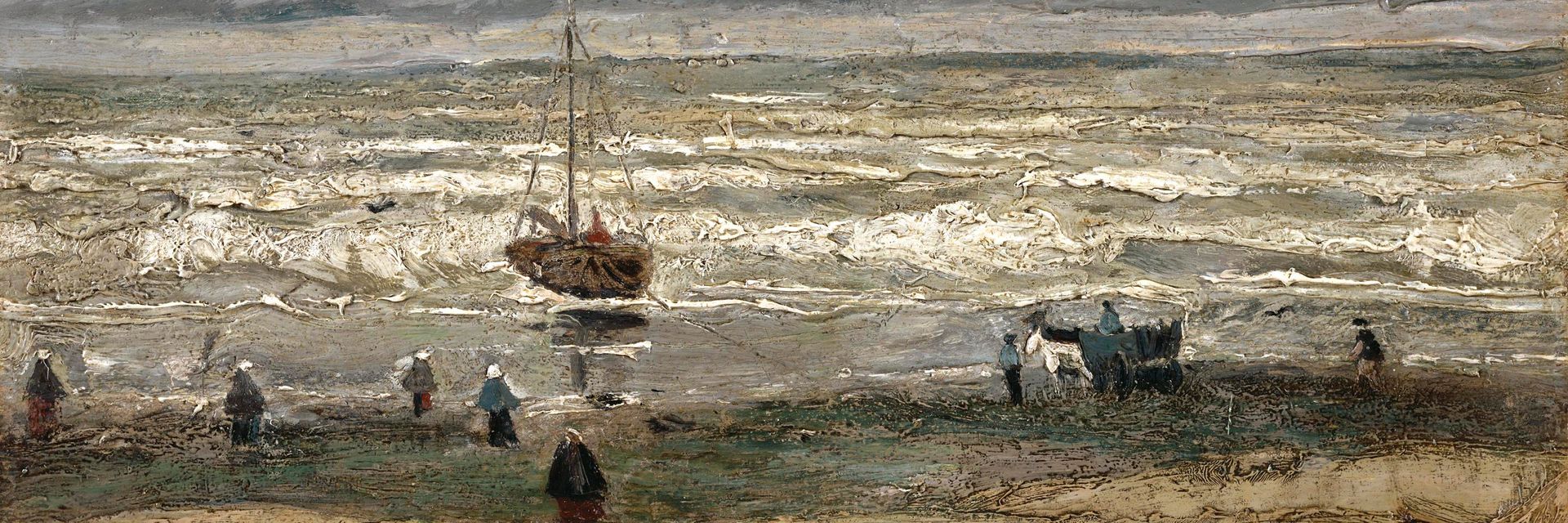Art theft capers can take years to solve . . . when they’re solved at all.
◊
The problem with the larcenous snatching of artworks is, what do you do with them afterwards? That nifty Monet you just lifted from the Museum of Fine Arts in Boston will look great in the secret room in the basement of your house, but you probably shouldn’t show it to anyone else. And good luck finding a collector willing to take such high-profile, sizzling hot items off your greedy hands without serious prior planning.
Even so, wise guys and common thieves sometimes can’t resist the temptation. Here are five examples of notable art heists.
We have stories of art heists galore on MagellanTV's Raiders of the Lost Art!
The Mona Lisa Goes Missing (1911)
The world was in for a shock when Leonardo da Vinci’s Mona Lisa disappeared from the Louvre on August 21, 1911. It was lifted by Vincenzo Peruggia, an Italian painter and handyman who had previously worked at the museum. Perhaps motivated by an abundance of aesthetic patriotism, he believed that the painting should be returned to Italy for exhibition at a museum there. Peruggia had hidden in a broom closet overnight and simply walked out with the painting hidden under his clothing the next morning. The thief kept it in his apartment for two years before he made his big mistake – attempting to sell it in Florence, Italy. He was arrested, and the masterpiece was returned to the Louvre in 1913.
The Isabella Stewart Gardner Museum Gets Ripped Off (1990)
Perhaps the most sensational art heist of the 20th century occurred in Boston during the early hours of March 18, 1990. It started as a movie-style ruse: Two men dressed as police officers convinced security guards at the Isabella Stewart Gardner Museum to let them enter, claiming they were responding to a disturbance. Once inside, the thieves overpowered the guards and spent over 80 minutes stealing 13 extraordinarily valuable pieces of art, including Vermeer’s The Concert, Rembrandt’s The Storm on the Sea of Galilee, and works by Degas. The overall value of the haul is estimated at over $500 million. Despite the offer of a substantial reward, none of the art has been recovered.
The Scream Could Not Be Heard (1994)
Using the 1994 Winter Olympic Games in Lillehammer, Norway, as background noise, thieves broke into the National Gallery in Oslo on February 12, 1994, and absconded with Edvard Munch’s disturbing masterpiece, The Scream. They underlined their audaciousness by leaving a note that read, “Thanks for the poor security.” A month later, the thieves demanded a ransom for the safe return of the painting. Eventually, the four-man gang was trapped in a sting operation.

The Scream by Edvard Munch, 1893 (Source: Collection of National Museum of Norway, via Wikimedia Commons)
Did the Mafia Make Off with Van Gogh Masterpieces? (2002)
On December 7, 2002, thieves broke into the Van Gogh Museum in Amsterdam and left with two paintings by Vincent Van Gogh: View of the Sea at Scheveningen and Congregation Leaving the Reformed Church in Nuenen. They accessed the museum by climbing a ladder to the roof and entering through a window. The works were missing until they were recovered in 2016 by Italian authorities. Where? At a property affiliated with the Camorra, a Neapolitan mafia syndicate. Perhaps the don was an art aficionado.
Oh, No! The Scream Again! (2004)
Believe it or not, on August 22, 2004, 10 years after the National Museum of Norway theft, Munch’s The Scream – along with another of his masterpieces, Madonna – were ripped off the walls of Oslo’s Munch Museum. This time, the perps were masked and armed with a .357 Magnum pistol, and they brazenly committed the crime in front of dozens of astonished museum visitors. Efforts to locate the paintings were fruitless, but six men were brought to trial for the theft – three were convicted, sentenced to prison, and ordered to pay a huge fine equivalent to the value of the paintings. The works themselves were finally found – under somewhat murky circumstances – in August 2006. For those of us keeping score, adding to the confusion was that this version of The Scream was a later work, painted by Munch in 1910. Go figure.
Ω
Title Image: View of the Sea at Scheveningen by Vincent Van Gogh, 1882 (Source: Collection of Van Gogh Museum, via Wikipedia)


